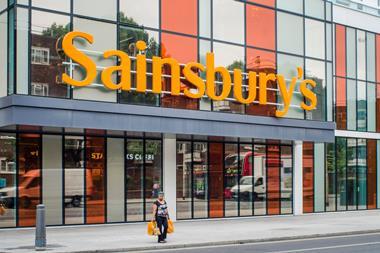After Morrisons’ first-quarter update last week, Tesco and Sainsbury’s post their numbers on Tuesday and Wednesday respectively and they should make for compelling reading.
Things are shaping up to be very interesting in grocery. A few years back Tesco pretty much had things all its own way as the other two quoted grocers focused on turnaround after long periods of disarray.
But now all the supermarkets are motoring. Morrisons managed an impressive 8.2 per cent like-for-like uplift in the first quarter and chief executive Marc Bolland is now taking the business “from national to nationwide”.
Sainsbury’s, under the leadership of Justin King, has now enjoyed four years of uninterrupted like-for-like growth.
Asda, led by Andy Bond, is motoring too. Like-for-like store sales rose 8.4 per cent in the first quarter and week to date figures revealed at last week’s Wal-Mart associates meeting showed a 12.5 per cent uplift.
Improved leadership at Tesco’s rivals has put the lie to the idea that once the grocer’s competition had lost their way there was no coming back.
The food sector has been out of fashion with investors for much of this year as focus has shifted to the opportunities to be had among general retailers. Tesco in particular has lost some of its sheen as its rivals’ revival showed it would not have everything its own way.
But perhaps Tesco’s merits have been overlooked. After all, it still controls 31 per cent of the market – almost double Asda’s 17 per cent. It is still opening stores apace in the UK, while its non-food business and growing services arm bring additional growth opportunities. As broker Bernstein argues, Tesco has many avenues to gain more spend from existing customers.
When Tesco reports, the outside focus is often on aspects that are still peripheral – such as the troubles facing the Fresh & Easy chain in the US. But the retail giant remains just that and while there have been a few wobbles, the colossus has not collapsed.
Follow George on Twitter at twitter.com/GeorgeMacDn


























No comments yet